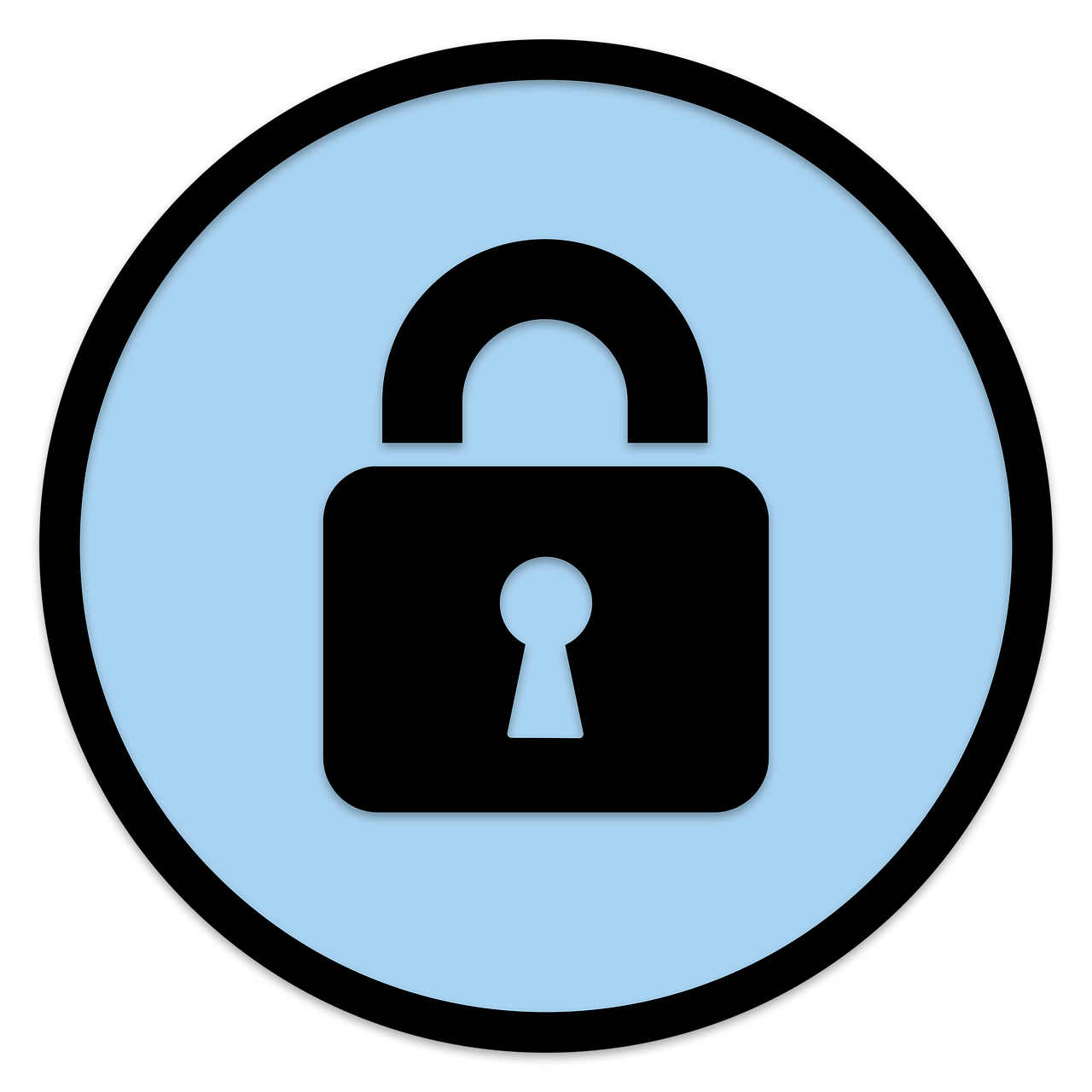Is Instagram Safe for Sending Private Photos?
Instagram is a widely popular platform for sharing photos, videos, and messages, but is it safe for sending private photos? While Instagram has several security features designed to protect user privacy, there are risks to consider when sharing sensitive content.
In this guide, we’ll explore Instagram's safety features, potential risks, and essential tips to keep your private photos secure.
How Secure Are Instagram DMs?
Instagram Direct Messages (DMs) offer some security measures, but they’re not foolproof. Here’s what you need to know:

1. Encrypted Messages (Limited Protection)
Instagram DMs now support end-to-end encryption for certain chats, adding an extra layer of security. However, this feature must be manually enabled for each chat.
2. Disappearing Photos & Videos
Instagram allows users to send disappearing photos or videos that vanish after being viewed once or twice.
While this feature limits how long content is available, recipients can still take screenshots or use screen recording tools to save the image.
3. Message Requests Control
Instagram filters DMs from unknown users into a separate Message Requests folder, reducing the risk of spam or unwanted interactions.
4. Reporting & Blocking Tools
Instagram offers tools to report suspicious accounts and block users to prevent further interactions.
Potential Risks of Sending Private Photos on Instagram
Despite these security features, there are still risks involved when sharing sensitive content:
🔍 Screenshots and Screen Recording
Instagram does not notify you if someone screenshots a regular DM conversation. Only disappearing photos/videos in encrypted chats provide alerts for screenshots.
📤 Hacking and Phishing Attacks
Hackers may gain access to your Instagram account through phishing scams, potentially exposing private messages and content.
🔗 Link Sharing Risks
If someone saves your photo and reshapes or reposts it elsewhere, Instagram offers limited control over its spread.
💬 Third-Party Apps
Using unauthorized third-party Instagram apps may compromise your account’s security, putting private messages at risk.
How to Protect Yourself When Sending Private Photos on Instagram
To keep your content secure, follow these essential tips:
1. Enable End-to-End Encryption
Open your chat.
Tap the recipient’s name at the top.
Select Start End-to-End Encrypted Chat for enhanced privacy.
2. Use Disappearing Photos Wisely
For sensitive content, send disappearing photos that can only be viewed once.
However, remain cautious as recipients can still screenshot the content.
3. Avoid Sending Highly Personal Content
If a photo is extremely private or sensitive, consider using a more secure platform designed for privacy, like Signal or Telegram.
4. Turn On Two-Factor Authentication (2FA)
Go to Settings → Security → Two-Factor Authentication.
Enable this feature to add an extra layer of protection to your account.
5. Limit DM Access
Go to Settings → Privacy → Messages and restrict who can message you.
6. Avoid Clicking Suspicious Links
Phishing scams often involve fake Instagram login pages — never click unknown links in your DMs.
Conclusion
While Instagram provides several security features like encrypted chats and disappearing photos, it’s not the safest platform for sharing highly private or sensitive content. Always exercise caution when sending personal images online, and utilize Instagram’s privacy tools to enhance your account’s security.
For more Instagram tips and account growth strategies, visit PopularUp. Stay safe and make informed choices when sharing content on social media!

Start Growing your Instagram followers
Faster with PopularUp
Over 500+ 5 Star Reviews. Grow Your Account Today With Our Organic Methods


